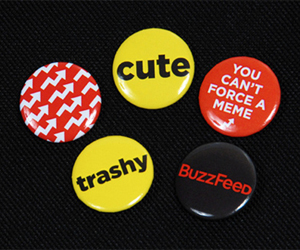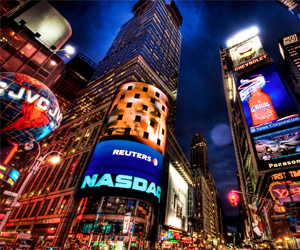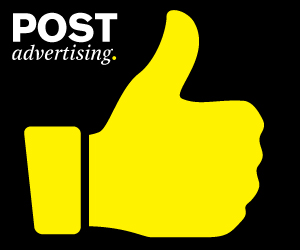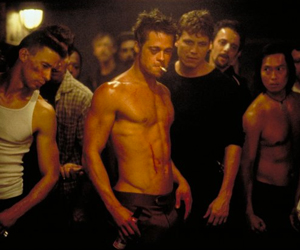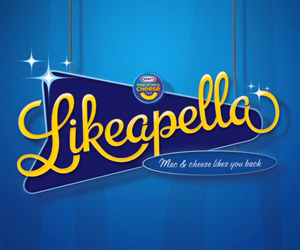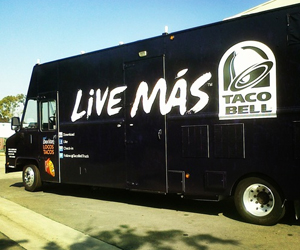
5 Lessons of Effective Editing for Viral Success
An interesting insight into what makes social content effective has emerged, or at least made itself more visible, in the past year or so. Content is king, but editing may be the queen who’s actually running the castle.
Our traditionally analog means of consuming media—television, newspaper, radio, outdoor—are quickly being replaced by digital means. We supplement TV watching with our iPads, get our news in near real time from Twitter, and share life’s moments in an instant on Facebook. Other technologies have allowed fast and easy creation and curating of content, like Pinterest, Vine, Storify, and even something as simple as an Instagram hashtag.
Editor's picks
- Casinos Not On Gamstop
- Best Non Gamstop Casinos UK
- Best Non Gamstop Casinos In The UK
- Casino Not On Gamstop
- Non Gamstop Casino Sites UK
- Slots Not On Gamstop
- Online Casino Canada
- Non Gamstop Casino UK
- カジノ オンライン
- Casino Not On Gamstop
- Casino Sites Not On Gamstop
- Casino Sites Not On Gamstop
- Sites Not On Gamstop
- Casinos Not On Gamstop
- Meilleur Casino En Ligne
- UK Online Casinos Not On Gamstop
- Online Casinos
- Non Gamstop Casinos
- Casino Not On Gamstop


